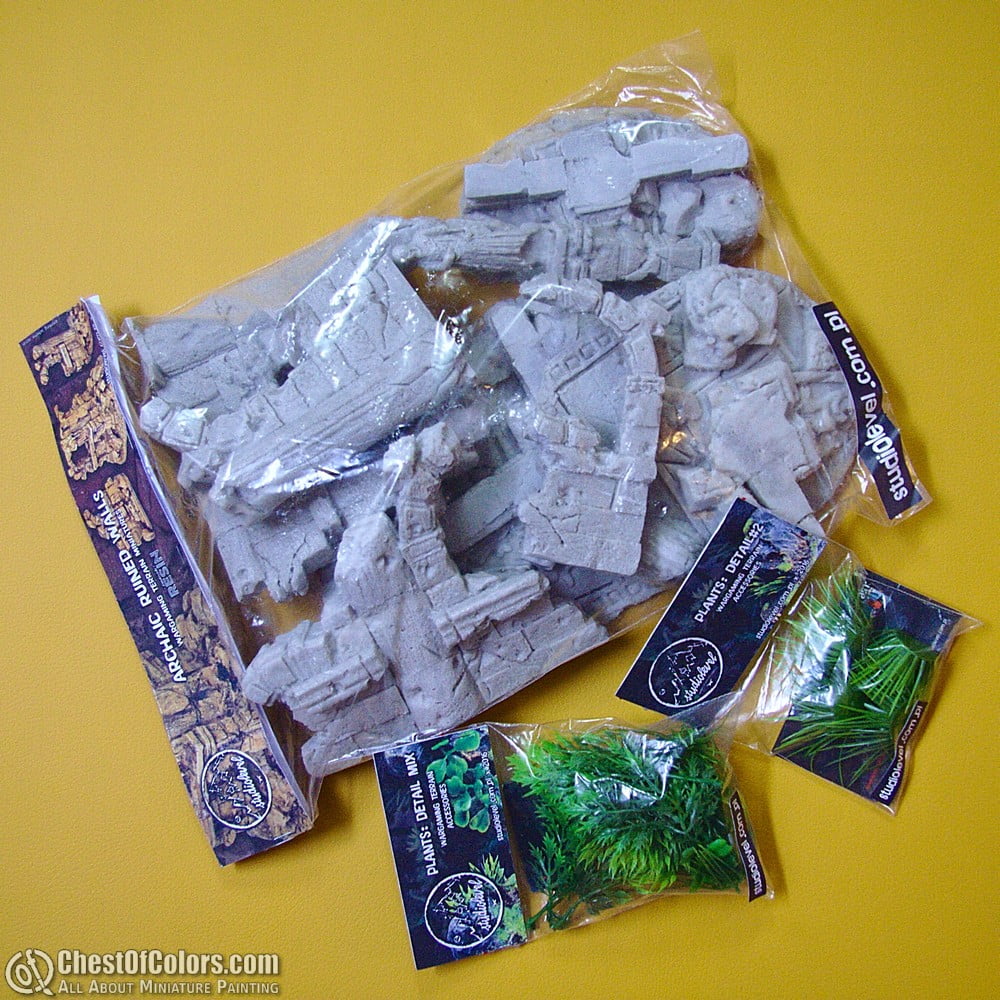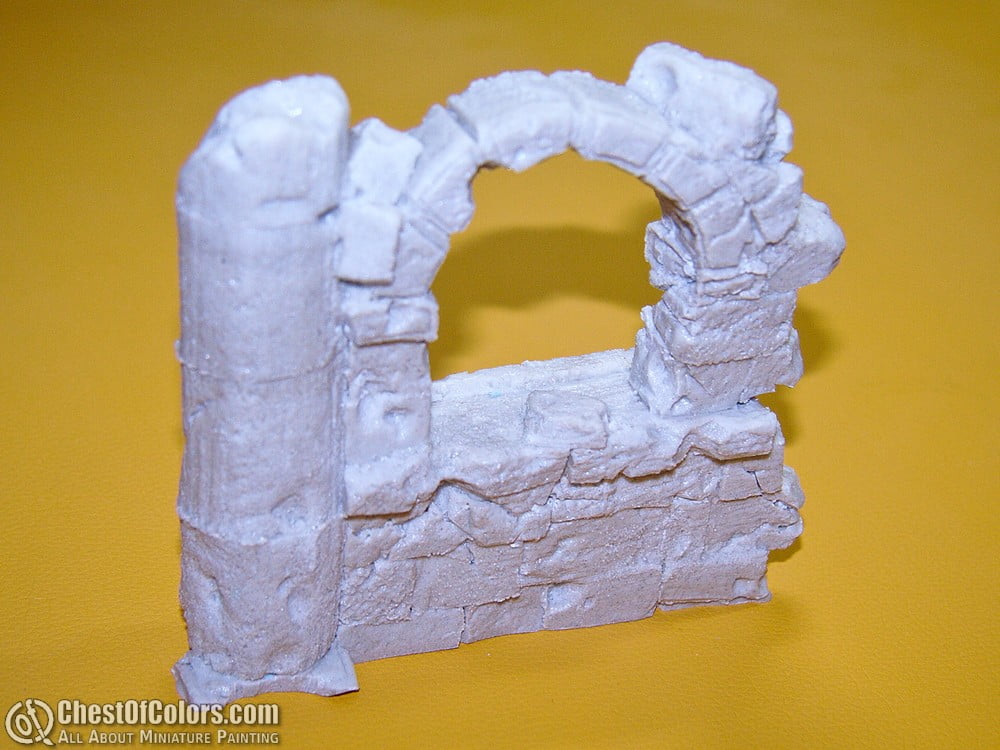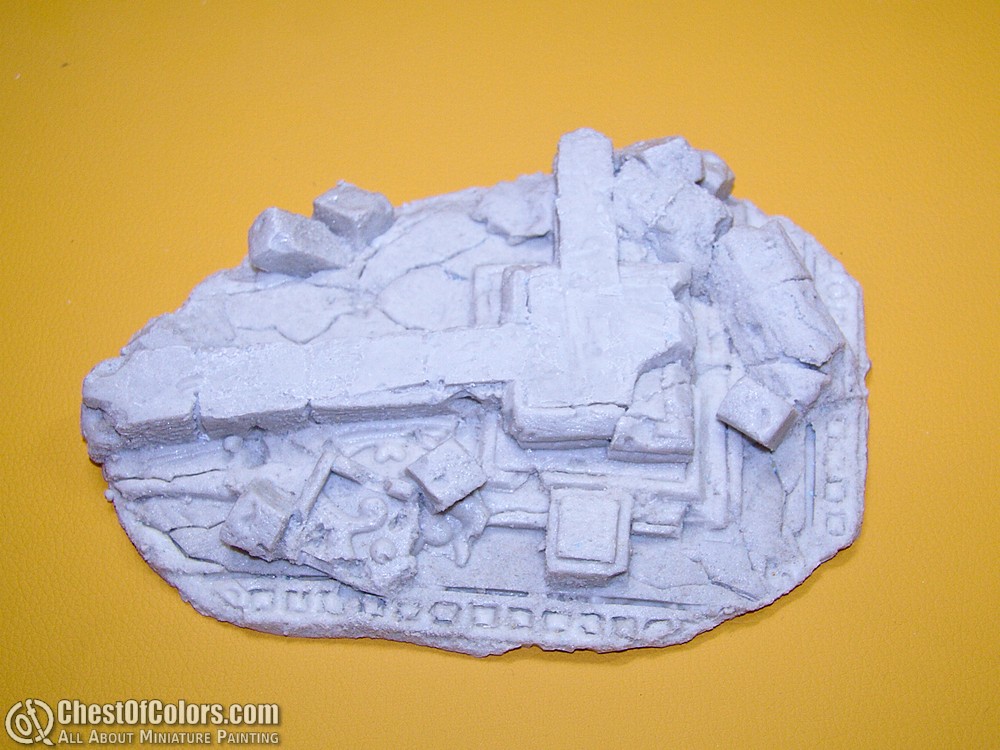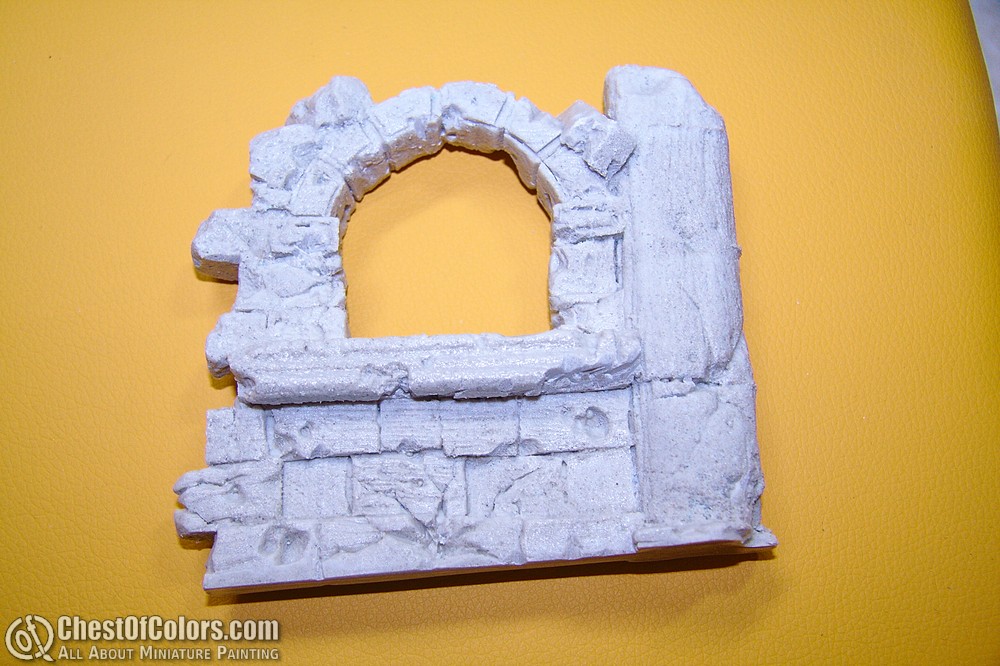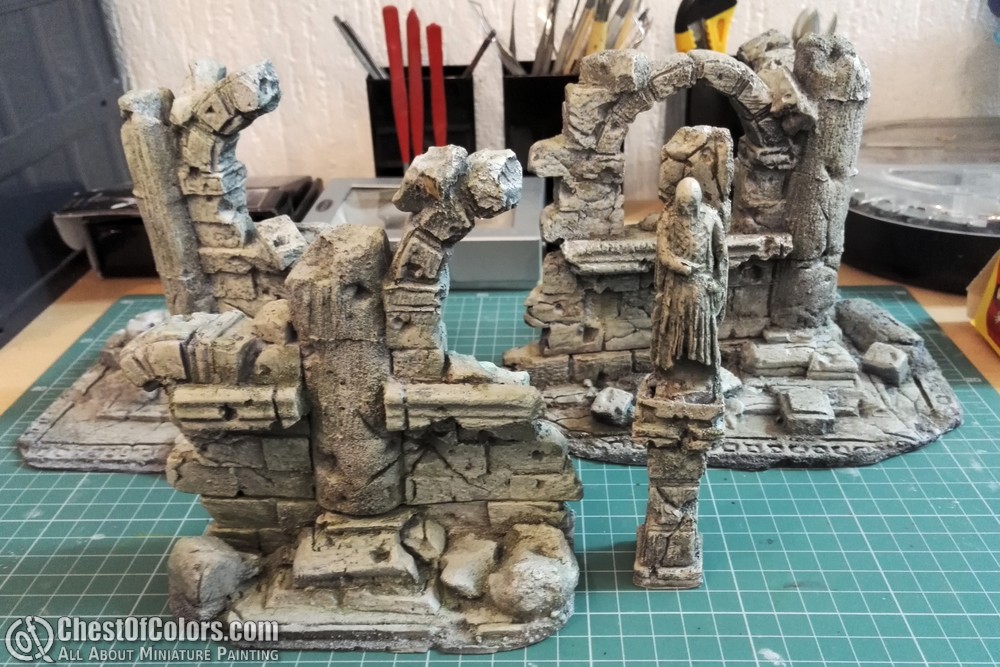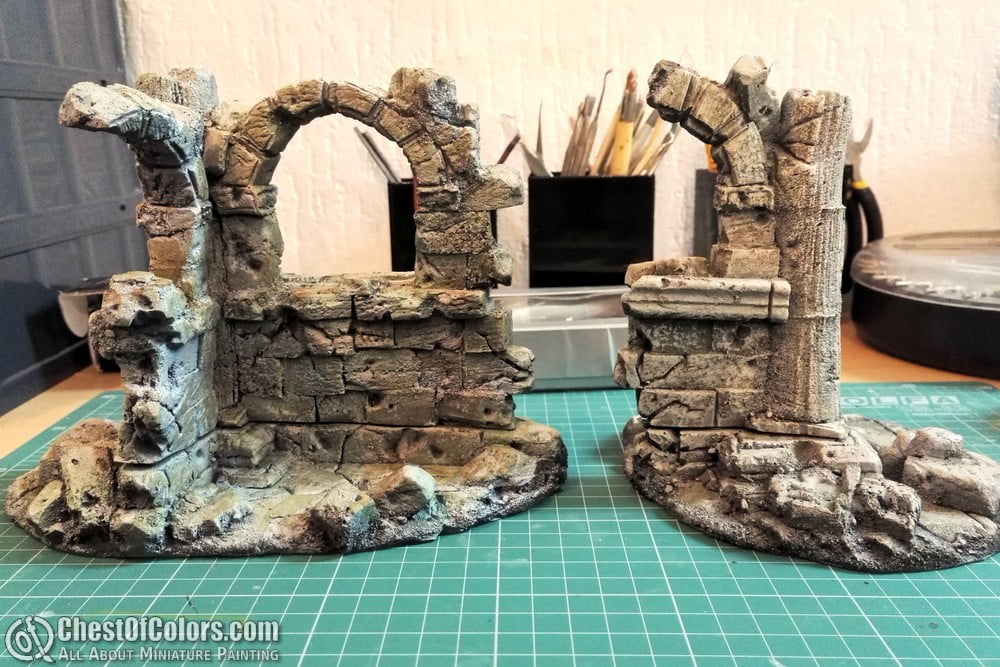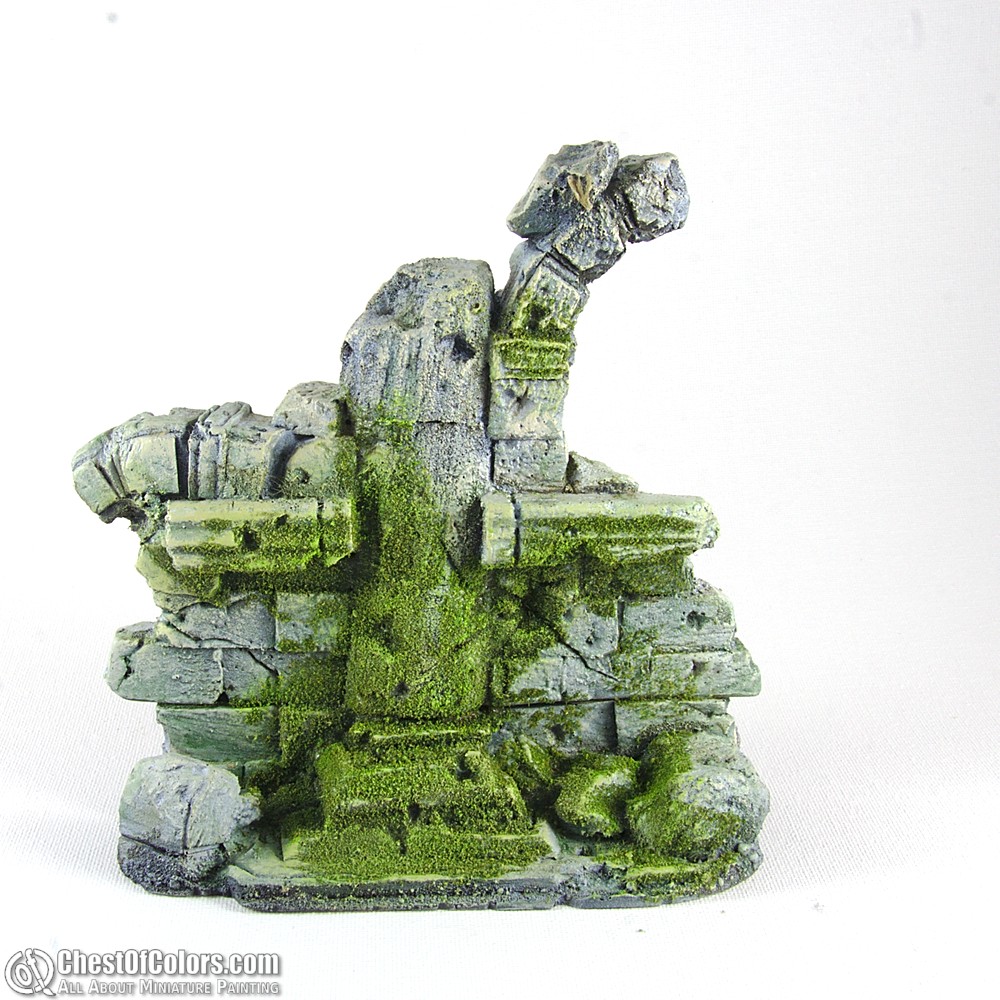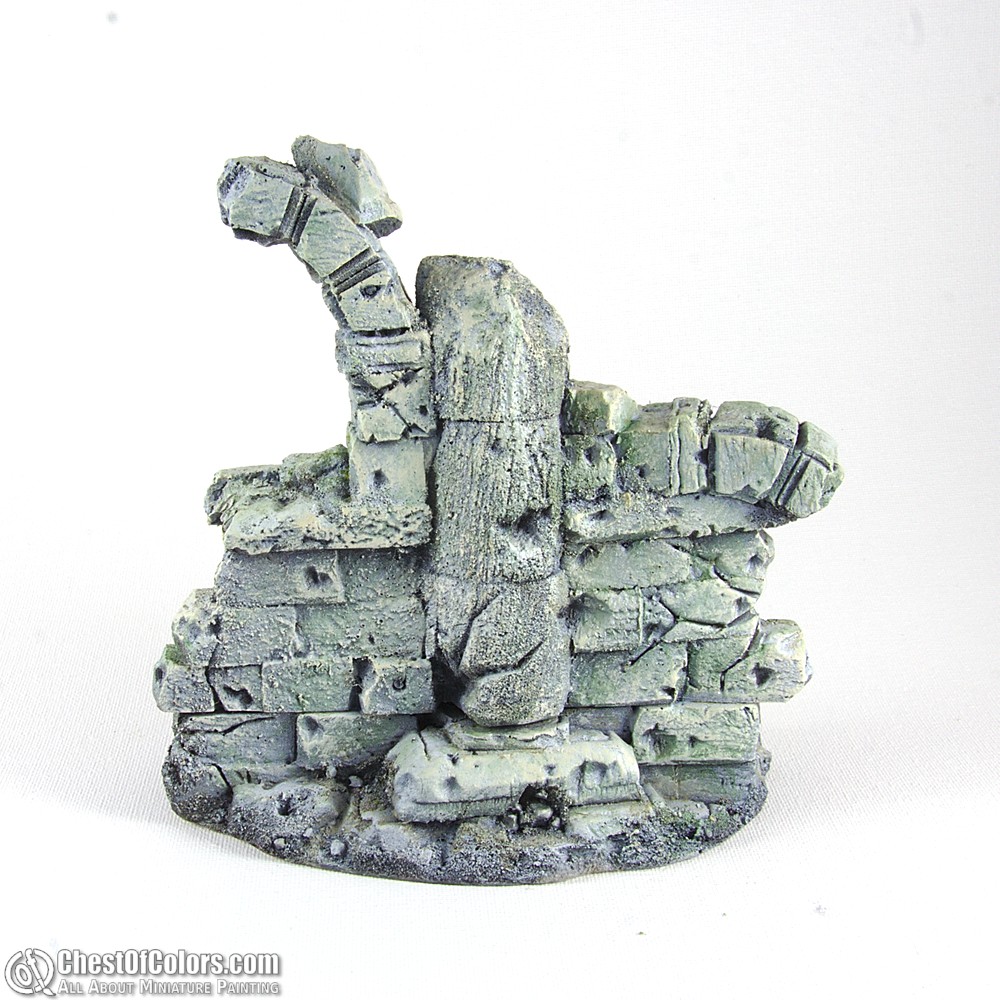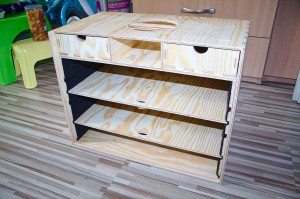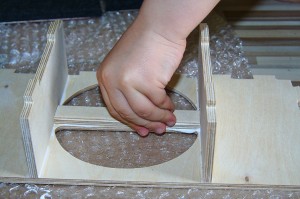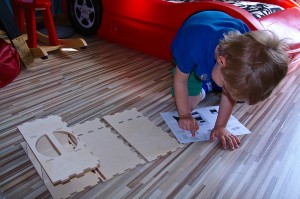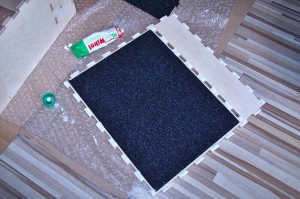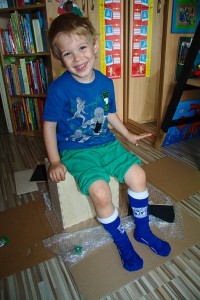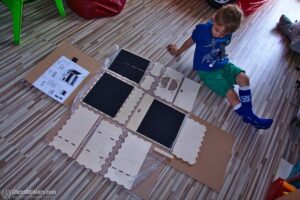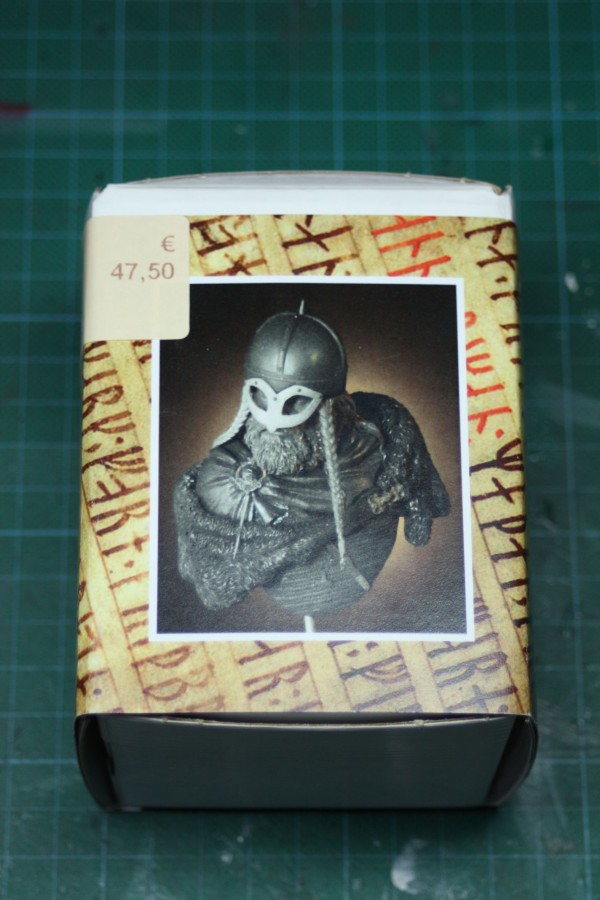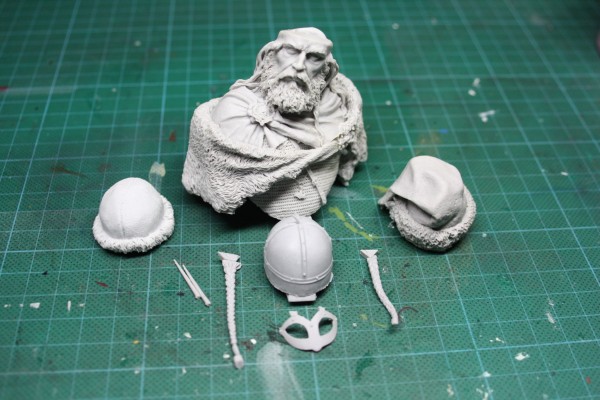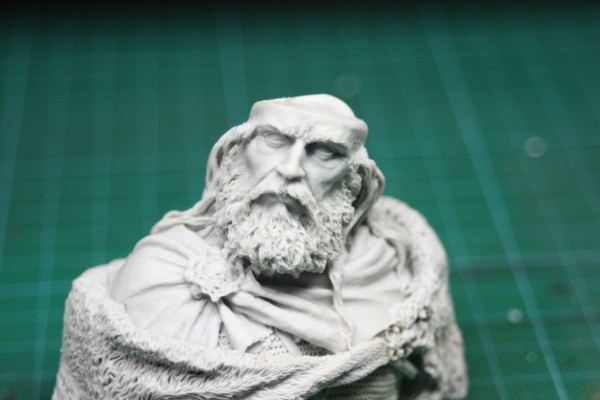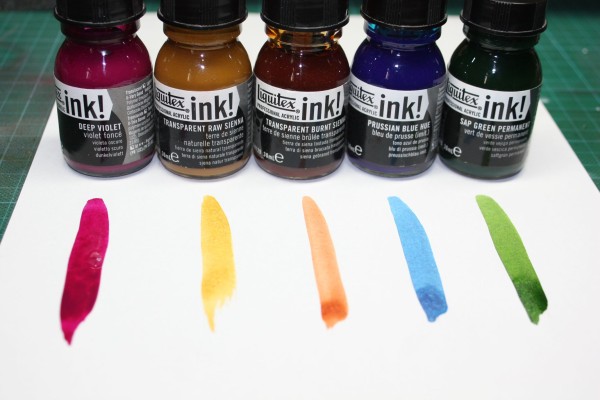Some time ago we’ve been offered a chance to test and review a Halot Lite printer from Creality. Having heard good things about the Halot printer, we happily accepted the offer. We have been using the printer for a few months now, which allowed to test the printer in a number of various tasks and to have a fairly broad opinion on its subject.
Basic facts about the Halot Lite 3D printer
Some time ago we’ve been offered a chance to test and review a Halot Lite printer from Creality. Having heard good things about the Halot printer, we happily accepted the offer. We have been using the printer for a few months now, which allowed to test the printer in a number of various tasks and to have a fairly broad opinion on its subject.
Halot Lite is a mid-size resin printer, comparable to Elegoo Saturn or Anycubic Photon Mono X.
It has an 8.9” LCD screen with a resolution of 3840×2400 and printing volume of 192x120x200 mm. It offers a great compromise between big printing field (allowing to print larger or more items) and high resolution.
The overall design and style is really neat and more modern than that of the other printers I’ve been using. One thing really stands out when you compare it to other printers: it’s big and heavy. On one hand it will need a bit more space, but on the other hand it is stable, which is always good for printing.
See, the small one is a Saturn, pretty much a comparable printer, the one on the right is a Form 2 printer from Formlabs (quite a different kind of a printer, but included here for size comparison), and the big machine in the middle is the Halot Lite.
Even now you can see that the printing volume is comparable on the first two printers, it’s the bottom part, containing all the electronic parts, that makes the difference. But it also allows to make the color touchscreen as big as 5”, which is really comfortable to work with.
I won’t be going into all the technical details and solutions, which may be interesting for those more scientific- or engineering-minded of you, as you can easily look these things up on the internet. I will give you a user perspective on the Halot Lite 3D printer.
Preparing the printer for use
Let’s start with the basics first – after unpacking you need to level the build plate and fill the vat with resin.
Leveling
Leveling is very straightforward – you loosen the four bolts, lower the build plate on the provided leveling card and tighten the bolts. And I must say it was the only time I had to level the plate. It stayed leveled through all the time we’ve been using the printer.
It isn’t quite flawless though. While it’s a minor issue only, it should be mentioned. You can see the four bolts holding the build plate – if you put more resing in the vat (and I assure you, it will happen), resin tends to collect around them, which is difficult to clean. The same happens when you put the build plate on its side. It’s not a big problem, I learned to ignore it and simply swipe as much resin off as I can without removing the bolts, but for some it may matter.
The resin vat
The vat is large and has a pretty good volume. I’ve never filled it to the brim, but I would say it can hold 1l of resin. It has a few features which I really liked. First – it has “funnels” on two sides, unlike other printers that I have used, which usually only have one. It makes pouring some additional resin easy and convenient because you can access the vat from any side that you prefer. Moreover, you can rotate the vat, putting the funnels on the front or on the back of the vat. The standard position is with them on the back because it allows you to see resin volume markers in the vat (50% and maximum resin volume), but I’ve been using it rotated as well and liked it a lot.
The shape of the funnels is broad and well designed, and it makes pouring resin into vat easy even during printing. Removing leftover resin from the vat is also easy, so the vat really does its job well.
There are short legs on the bottom of the vat, matching four slots in the printer, making aligning the vat easy and effortless. The legs are long enough that you can put the vat on a table without worrying that the FEP will touch anything and get dirty. Well done, Creality! Seems like a small thing, but it’s a big quality-of-life improvement for me!
The two bolts holding the vat in place are long and rotate easily, holding the vat securely in place, but this is the standard I am used to. It’s just that the heads are large and easy to twist.
Preparing the file and slicing the models
The next thing you will need to deal with before you print is preparation of the file for printing. And this is where my initial opinion on the Halot Lite printer changed drastically.
File format and slicer
The printer uses a CXDLP file format, which means you will need a slicer that handles this format. There is a dedicated slicer called HALOT BOX included and it works really well but is not as advanced as some of the other slicers I have been using. Sadly, none of them handled CXDLP files, so I used to do all the supporting in a different slicer, like Lychee, export the supported file to STL and then slice it in Halot Box. Maybe it’s fun for some, but for me it’s just an extra step I have to make, slowing the overall process and making it less efficient. Or, to be true, it used to be.
It has to be mentioned that the slicer is tailored for the Halot printers, so you can be sure that the settings you enter there will be acceptable for the printer. It is a bit basic, but usable. While it allows to turn anti-aliasing on, you cannot tweak its settings, layer thickness can only be adjusted in 10 microns increments, and lift speed is capped at 3 mm/s.
The big change came when Lychee Slicer introduced compability with the CXDLP format. Currently CXDLP files can be sliced in Lychee Slicer, which is excellent, because I no longer need to disrupt and adjust my workflow. And it also comes with an additional interesting quirk!
Print settings on the touchscreen
See, the uncommon thing about Halot printers is that you can set printing settings on the printer itself. Most printers include the settings in sliced files, but Halot Lite has a settings section in its printing menu, which allows you to set the usual parameters, like exposure time, lift speeds, etc.
Initially it was a bit annoying to me. I was used to the usual workflow of slicing my files with the usual parameters for the particular kind of resin, and then just starting my prints. Now it was no longer the case. every time I changed resins, I had to adjust settings on the printer. Not fun, right?
Not anymore! Now you can include the settings in your sliced files, and the fact that you can adjust the printing settings on the printer itself is only an additional bonus for me. Let’s say I want to tweak the settings because the included ones don’t quite work, or maybe I want to use a different kind of resin – now I don’t need to re-slice the file. I can use the one I have and only apply the adjustment on the printer. Sounds cool, doesn’t it? And I can assure it’s come handy a few times already!
Remote upload and mobile app
Files can be uploaded remotely, as the printer can connect to WiFi networks, but I rarely use this option. I tend to use the good old USB drive. It’s a habit I developed with some of my other printers, but it’s not really necessary here, as the printer comes with its own memory, so you can print without connecting any external drive or memory device. Definitely a good thing, especially for those who will be sending their files remotely.
While we are at the remote connectivity capability, it’s worth mentioning that there is a dedicated mobile app, called Creality Cloud, which allows you to control the printer, or track your prints remotely. Something I very rarely use, just because I usually run a few printers simultaneously, and most of them cannot be controlled remotely, but it certainly is a nice feature and may be a good addition for many users.
Printing with the Halot Lite 3D printer
Once the file has been uploaded and settings adjusted, we can start our print. And I must say this is where this printer really meets my expectations and proves that Creality really put effort into making a good printer. I can’t tell how much of the official technical writeup is true, all the processors, microchips, and unique lighting solutions. But whatever they did, they managed to create an efficient, reliable, and solid 3D printer. I can’t comment on the technical information, like the strength of the light source, the uniformity of the UV light, etc., but in the several months of testing this machine, it proved to be more reliable and successful than my former favorite and main competitor, Elegoo Saturn, and I had the unclear impression that the printer is pretty fast. Maybe its light source is stronger, but it was not uncommon that it managed to succeed with shorter exposure times than the Saturn.
On the other hand, it has a single Z-rail, while Saturn has a double Z-rail instead. This allows the Elegoo printer to use higher lift speeds (using the “vroom” approach) without sacrificing too much of its stability. Halot Lite allows only slightly lower lift speeds, but even the single rail has been very stable and reliable so far.
I’ve used a number of various resins and settings during my tests, and you can see a selection of results of my printing in the attached pictures. I can tell that for a 4K printer with 8.9” screen, which means pixel size of about 50 microns, the prints were really impressive. Details were sharp, layer shifts were really rare, and prints that used to fail on my other printers succeeded on the Halot Lite. It may be the lighting solution that the printer is boasting, but it’s been even easier and more user-friendly than the Formlabs printers that I’ve been using, and which are known for their user-friendliness.
Secondary features
Now that we’ve discussed the primary subjects, let’s move to the secondary features and quality-of-life improvements.
Cooling
The printer boasts solid cooling solutions, and I must admit, it never felt like the heat was any problem for the machine. On the other hand though, the cooling fans make it pretty loud. Compared to every single printer I have, this one is certainly the loudest. But I think it’s not a surprise if you remember it keeps the machine with a pretty strong lighting system from overheating.
Tank cleaning
Another feature that may be useful for most users is that the printer has its own tank cleaning function. It’s becoming more and more popular these days, but not all of my printers have it. For those who don’t know what it is, it turns the whole screen on, so that a thin layer of resin can cure on the bottom of the FEP. Any separated parts of prints will stick to the cured film, and you can peel it off without having to scratch the FEP or fish for the cured resin bits in the vat. Easy, fast, and useful. The only improvement I would recommend here is a timer of some sort, which would allow you to turn the exposure on for the predefined amount of time, instead of having to turn it off manually after you think it’s done.
Print removal
The build plate is solid and durable. On one hand, you can remove your prints easily, but on the other one, there is no problem with prints not sticking to the build plate. Good job. And one funny thing that I want to mention is that the tool you get for separating prints from the build plate may be the best I’ve had in all my printing career. Why funny? Because you don’t buy a printer to get a good blade for removing prints. There must be cheaper ways, right? Probably the only improvement may be a flexible magnetic build plate, but we cannot expect it to be included as a standard feature.
Examples of prints from Creality Halot Lite
Now that we’re done with the whole printing process, you may want to see some examples of prints we’ve gotten from the Halot Lite printer:
Maintenance of Halot Lite
Everything is OK until things are going well. But at some point you may need to replace your FEP or clean the screen. That’s what I had to do. How was it?
Replacing the FEP
At one point I had to replace my printer’s FEP. The printer comes with a replacement, so you don’t even have to worry about purchasing one. And to my surprise, the way it’s done was a bit different from what I was used to. You know, usually you simply have a sheet of FEP, which you press between two frames, or a frame and the vat, and while keeping them all in place, you fix the parts together with a number of bolts, puncturing the FEP where needed. Creality chose a different solution – their FEPs come pre-cut and with holes punched where bolts will go. But that’s not all! The vat has a number of alignment pegs, which match holes in the FEP, so once you place the FEP correctly, the pegs will go into their holes and you won’t have to worry about keeping the FEP in place. You cover it with the frame (removable bottom of the vat) and secure it with bolts. Easy, and basically as fool-proof as it gets. The downside is that you need an FEP with these pre-punched holes, but once you have it, the whole process of replacing the FEP is a walk in the park!
Cleaning the screen
The FEP replacement thing happened once I noticed a tiny hole in my previous FEP, which caused a resin leak onto the screen. The resin cured on the screen, so I soaked a cleaning sheet with IPA and left it for a bit. After some time the resin softened and could easily be removed by gently rubbing it off the screen. The screen was not damaged at all and no leak into the printer occurred. Good job here, Creality, as punctured FEPs are something that can happen, so making sure the screen can survive the process of cleaning is important.
Final opinion
So what would my final opinion be? Definitely a positive one. The Halot Lite printer can be recommended both to experienced users and to inexperienced newcomers to 3d printing. It’s very easy to operate and I can only praise its user-friendliness. The quality of printing, reliability, and sturdiness make it a good device for demanding users, too. It has several solutions that I consider big quality-of-life improvements, like the way of leveling the build plate, the way the vat is constructed, foolproof FEP replacement, remote control, big and sharp touchscreen, and finally the way you can change print settings on the printer’s touchscreen. Let’s not forget the neat design of the machine, so you don’t have to hide it somewhere in a garage or basement.
Is it perfect for everybody? Probably not. It’s a fairly large and loud device, so it may not belong to some hobby rooms, especially if noise is not acceptable. Also the fact that some settings are less granular than other printers offer (layer thickness, lift speed) might be a limitation that some won’t want to accept.

All in all, comparing it to other printers with comparable characteristics, Halot Lite is a great choice and a printer that can be a reliable workhorse for your 3d printing needs. Especially if you want something more than a 7” printing screen, for higher printing efficiency. Until 8K printers become more popular and take the place of current 4K mid-size printers, this remains a choice that deserves to be recommended.



